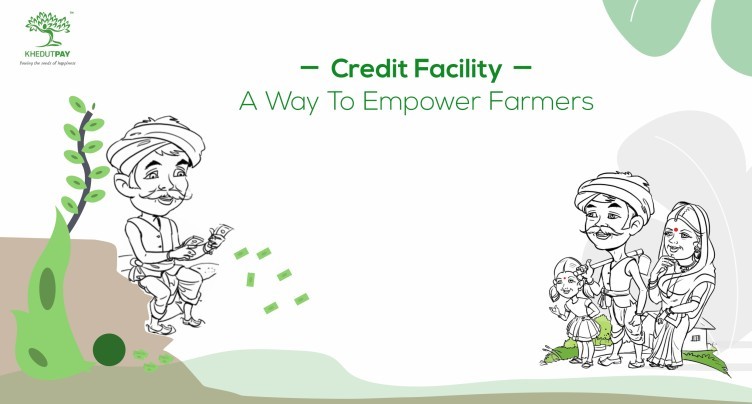

India is a land of agriculture. Indian farmers are the real icons that bridge the immense demand for food of the world's second-largest populated country. The agricultural sector is a livelihood of almost 60% of the total population of India, making the country the second worldwide in farm outputs. Not only this but, in 2018 it contributed 17-18% in the nation's GDP.
Finance is the blood of any business. Indian farmers are poor, and the primary problem faced by them is acquiring finance on credit. Exploitation of farmers with prices, less use of technology, uncertain climate and lack of awareness hinders the growth of Indian farmers and the sector, besides the financial scarcity faced by them. Since the beginning, the very source of agricultural credit for Indian farmers was private moneylenders and shroffs. Now the scenario has changed. Indian farmers have multiple options to acquire credit. Ever since Independence, the Indian Government is also making extra efforts to help farmers run their agri-activities smoothly.
However, today farmers can rely on two main sources for agricultural credit:
Various sources of finance for farmers:
1. Commercial Banks:
Initially, commercial banks have played a significant role in providing farmers with the credit facility. With the help of 'Village Adoption Scheme,' the commercial banks have started to meet the credit and other requirements of the farmers. Banks are also putting efforts in extending their branches to more rural areas to help more farmers and save them from grips of private moneylenders.
2. Credit Facility of Farmers:
Kisan Credit Card:
This scheme was launched in 1998 with an aim of providing short-term credit to farmers. With this, owner cultivators and tenants can avail loans to bridge short-term requirements of the fund. The government has also simplified the application process to encourage more farmers to apply.
Investment Loans:
Indian farmers can avail this scheme's benefits if they are planning to invest in the land i.e. implementing plantation, harvesting, land development, agricultural mechanization, etc. Apart from this, many schemes and subsidies such as Kisan Shakti Yojana, Minor Irrigation Schemes, etc. are provided by the Indian Government to lift the burden off farmers.
Clearly, the government is doing everything in its power to make the lives of farmers better. So, the question still remains unanswered; what more can be done on an individual level to encourage and empower farmers?
Even after all the efforts enforced by the government to help the farmers with their requirements, the situation of farmers remains pathetic. Efforts from the government's side are not enough, private institutions should be encouraged to equally participate in empowering the farmers. Moreover, more awareness should be given to the youth to strengthen the agricultural chain of the country.
In this hustle, KhedutPay is playing a pivotal role as a technology-based initiative to help the real icons of the nation with every day-to-day need. The vision is to eliminate all the mediators and provide them with reasonable agri-materials at their doorstep. In addition to this, it also aids the farmers by giving them a platform where they can sell their farm outputs and reach masses. Such initiatives help to bridge the gap between rural and urban economy.
Moreover, the following steps should also be taken on an individual level to help bring a positive change for farmers:
In the middle of a pandemic, situations have been more trying, leaving Indian farmers in a more vulnerable and distressing condition. Only the government's efforts are not enough, active participation of private institutions paired with efforts of individuals will aid in improving farmer's ground-level problems and giving them a better environment to run their agri-activities.
